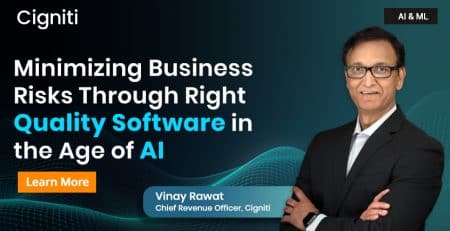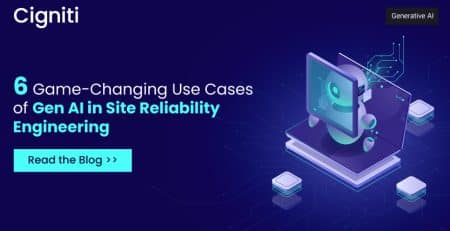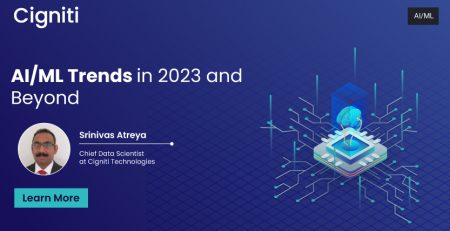3 Intriguing Data Annotation Use Cases that Zastra is Ready to Solve
Data annotation is one of the principal factors in the development of artificial intelligence (AI) and machine learning (ML). As technology is advancing at a fast pace, almost all industries will need to make use of data annotations to keep up with the trends.
The use cases for data annotation and encompassing computer vision are enormous. Be it agriculture, basic metal production, chemical industries, commerce, construction, education, financial services, food business, healthcare, mining, engineering, media, oil and gas production, telecommunications, public service by government agencies, fisheries, textiles, transport and utilities, the applications of data annotation touch every cornerstone in these industries.
Some of the intriguing use cases for data annotation are mentioned below:
1. Autonomous vehicles
Self-driving cars are made possible because of data annotation today. Data annotation gives the vision to these autonomous cars. The multiple cameras present in the car capture different images and videos while driving. The humans, trucks, cats, trees, or children in front of the vehicle must be detected and distinguished from one another for the autonomous vehicle to function accurately and safely. This vision given to the vehicle is made possible only because of data annotation.
The object in an image or video is labeled using the bounding boxes and defining other attributes to help the ML model understand and recognize the object detected by the sensors of the vehicle.
But the number of images generated by a single autonomous vehicle is very large. For example, a self-driving car travels 10,000 miles at an average speed of 20 miles per hour. This comes to around 500 hours of travel time. Assume the cameras on the car take a bare minimum of 10 frames per second. The total number of images taken during the travel time of the car comes down to 18 million images.
Imagine the tedious task of annotating these 18 million images using manual work. This is humanely impossible.
Here comes the annotation capability of ZastraTM. A minimum number of images can be annotated using manual work and the model uses an active learning method to annotate all the available images to build a data set. This data set can be used in the ML model to distinguish different objects by the autonomous vehicle, thereby providing a safe, smooth, and worry-free driving experience to the end customer.
2. Satellite imagery
There is a vast amount of information available in satellite imagery. When satellite imagery is properly annotated, it greatly enhances the image’s value by gathering, conserving, and disseminating information about the image. Many aerial imaging businesses are working to find solutions to some of the world’s most difficult issues, including deforestation, agriculture, home insurance, construction, security, and others.
One of the methods used in satellite imagery is drone-based aerial view monitoring. Drone-based cameras are used to capture images of an object. The captured images are then annotated, and attributes are given to them to create a data set. The application of this aerial view imagery is astounding.
For example, one of the research projects done at Cigniti is the detection of defects present on windmills. Usually, there is a contract period between power generation companies and windmill manufacturers to provide replacements for the defective parts if the defects are reported within a certain duration.
So, power generation companies are in a hurry to find these defects before the expiration date. But the windmills are enormous and numerous units of windmills are present across a gigantic coastal or desert area. Covering a single windmill and finding defects in it by manual work may take up to 2 days. Whereas, covering 1000 windmills across the area takes nearly 2000 days of manual work. By this time, the contract period would end.
With the advancement of technology now, this time-consuming and expensive process can be reduced to a few weeks of work. Drone cameras are used to capture images and the inbuilt ML model, and the annotated data helps to detect the defects instantaneously on the ground and send the report to the team in a matter of seconds.
3. Healthcare – diagnosis of a disease
With use cases enabling better patient care, improved diagnostics, and quicker drug discovery, AI and computer vision technologies have transformed the healthcare business significantly. Medical imaging and diagnostics are two important domains where AI-based technologies can provide outstanding results.
Medical image annotation refers to the labeling of medical images such as X-Rays, CT-Scans, MRIs, and PET scans.
Radiologists can detect life-threatening diseases with objectivity using data annotation and computer vision technology. Use cases such as breast cancer detection, tumor classification, finding hidden fractures, detecting neurological abnormalities, etc. One such capability we developed is the diagnosis of Chronic venous insufficiency (CVI).
Chronic venous insufficiency occurs when your leg veins don’t allow blood to flow back up to your heart. Normally, the valves in your veins make sure that blood flows toward your heart. But when these valves don’t work as they should in a normal condition, blood can also flow backward. This can cause blood to collect (pool) in your legs.
Left untreated, these damaged veins can cause serious complications, such as ulcers, bleeding, and a potentially fatal condition called deep vein thrombosis.
In the process of finding a solution for this health condition, we at Cigniti have used MRVenograms of adult patients. A total of 3640 individual leg images were extracted from the MRVenograms of 26 patients. We developed a neural network model that can diagnose the disease with 97% accuracy. This achievement helps in the diagnosis of CVI in an objective way, which is not possible at present.
Conclusion
Many organizations today either overlook the opportunity to use data annotation to solve challenges or have a laborious way of annotating their data. We at Cigniti have developed an active learning-based data annotation platform, ZastraTM, which minimizes your overall data annotation efforts by up to 70%, and we are further building our capabilities in multiple segments.
Cigniti’s ZastraTM fastens your ML model deployment, thereby helping you achieve the true market potential you deserve in the global ecosystem.
Need help? Read more about ZastraTM to learn how it can accelerate your data annotation efforts.





Leave a Reply